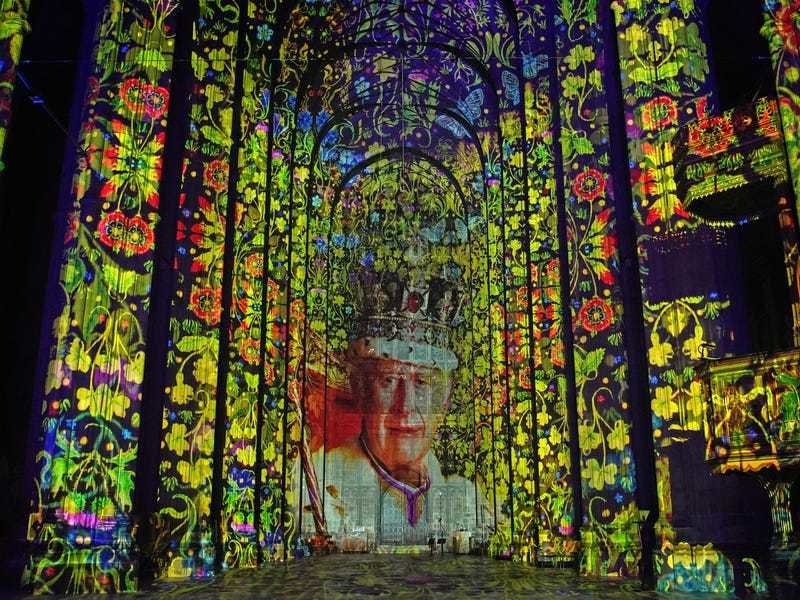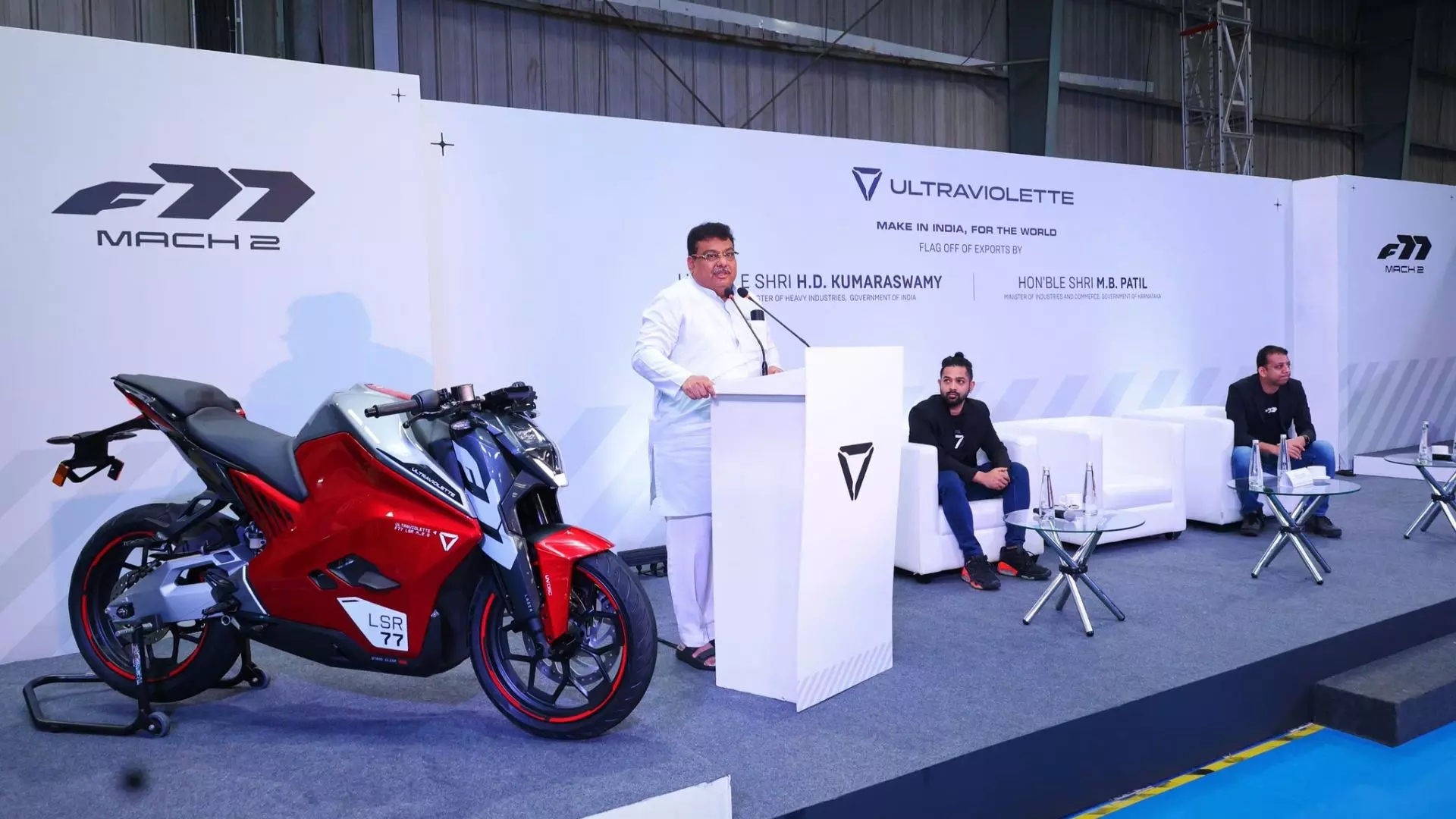Lotus has unveiled Theory 1, its first concept car that embodies the future of intelligent performance vehicles. As part of this, Lotus is launching The Lotus Theory, the company’s new design manifesto that will form the foundation for all future Lotus cars, encapsulated through three core principles – Digital, Natural and Analogue (DNA): • Digital, which represents the immersive, intelligent, and intuitive experience. • Natural, brings to life emotional, connected, human-centric design.
• Analogue, which is the brand’s continuous advancement of performance engineering. By seamlessly blending together these core design principles with the latest design innovations from Lotus, as well as cutting-edge technologies, Lotus is able to simplify and enhance how a car should feel and perform. Theory 1 harmoniously fits around the driver and is able to adapt based on their needs delivering the ultimate driver experience.

This component has been created in collaboration with MotorSkins, a startup that specialises in textile based wearable robotics for every-day use. Theory 1 demonstrates the first time it is being used in the automotive industry. In addition, LOTUSWEARTM features 3D printed lattice structure headrests made in partnership with global 3D printing technology company Carbon, to offer all occupants in the car maximum comfort, whilst reducing the weight, improving material efficiency, and optimising aerodynamics.
To ensure every occupant can enjoy a truly immersive and unique audio experience, part of the headrest is a binaural audio system, which has been designed in collaboration with KEF. It offers individual bespoke soundscapes for each of the occupants, that are further enhanced by the subwoofer speaker located behind the driver seat. Occupants in the car can: • Enhance ‘speed’ sounds to deliver a sense of thrill, exhilaration, and fun.
• Benefit from noise cancelling abilities to improve concentration and enhance the listening experience. • Level-up entertainment by providing an impeccable and immersive sound to further elevate the audio experience. It uses binaural audio technology to do this, which enables channel separation of the sound arriving at each ear – delivering a full-bodied audio experience that feels as if the occupant is sitting in the middle of a recording studio.
A new benchmark for user experience. Theory 1 seamlessly integrates projections, screens, and haptics, with Lotus’ new design manifesto to create a borderless user experience and provide the driver with information quickly and easily through: • Analogue interactive components and notifications via the adaptive inflatable soft textile material by MotorSkins. • A digital system that uses intelligent environmental light, LED and laser-light components, and reflections on the windscreen to communicate information with the driver, such as obstacle detection, braking, turns and more.
• Two laser lights on the dashboard wings to indicate left and right turns, working in harmony with the haptic inflation materials on the seats. • Additional RGB LEDs on the suspension modules, which are visible from the interior, and have green or red signals, depending on the need for braking or acceleration. • Clear, functional, 2D graphics to display the main data on the steering wheel, ERMDs, and headsup display.
This has been designed with simplicity at the core, using the minimum amounts of fonts and graphic elements. Theory 1 is not for sale. This is a concept car, which is a canvas for Lotus’ design R&D programmes, and intent for the technology and innovation they are exploring implementing in the future across all our product lineup including lifestyle EVs and sportscars.
Tune in now...
.




















